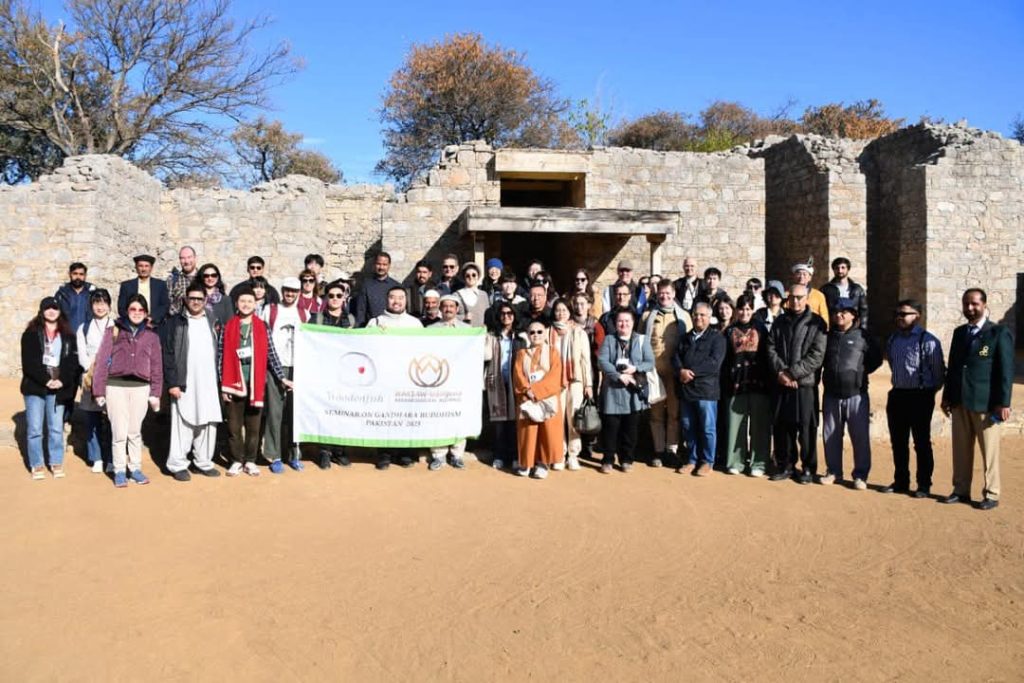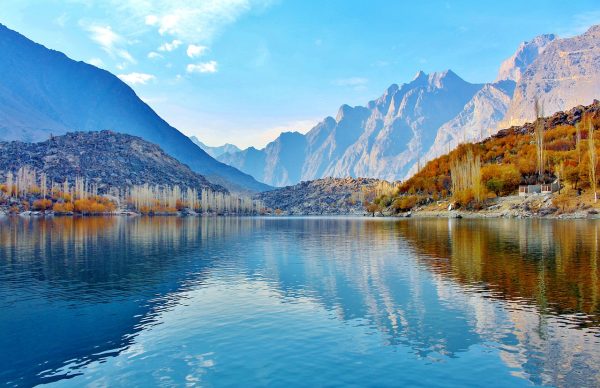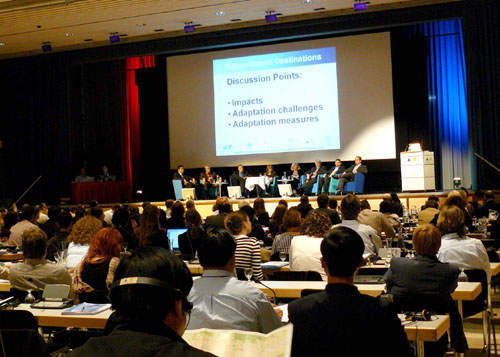In the realm of travel, an unconventional trend has been emerging—disaster tourism. Contrary to the idyllic beaches and historic landmarks typically associated with travel, disaster tourism takes explorers into the heart of areas affected by natural or man-made disasters. While the concept may raise ethical concerns, there is an undeniable fascination with witnessing the aftermath of such events, making it an increasingly intriguing niche for intrepid travelers.
Understanding Disaster Tourism:
Disaster tourism, also known as dark tourism or catastrophe tourism, involves visiting locations struck by calamities such as earthquakes, hurricanes, tsunamis, or even human-made disasters like industrial accidents or war zones. Instead of avoiding areas with a troubled past, disaster tourists actively seek them out, driven by a curiosity to comprehend the impact of these catastrophic events on communities and landscapes.
The Attraction:
Educational Insight:
Disaster tourism offers a unique opportunity for travelers to gain firsthand knowledge about the consequences of natural and man-made disasters. It provides a stark contrast to the glossy brochures depicting tourist hotspots, fostering a deeper understanding of the resilience and strength displayed by affected communities.
Human Connection:
Travelers engaging in disaster tourism often express a desire to connect with the human stories behind the headlines. Meeting survivors, hearing their narratives, and witnessing their efforts to rebuild can be a transformative experience, fostering empathy and a profound sense of shared humanity.
Documentary and Media Influence:
The surge in documentaries and media coverage of disasters has played a significant role in fueling interest in disaster tourism. Travelers are drawn to the sites they have seen on screens, desiring to witness the aftermath in person and create their own narratives.
Adventure and Adrenaline:
For some, disaster tourism provides an adrenaline rush akin to extreme sports. The unpredictable nature of disaster-stricken areas, the challenges they pose, and the sense of venturing into the unknown appeal to adventurous spirits seeking a different kind of thrill.
Cultural Exploration:
Disaster tourism is not solely about witnessing destruction; it also involves exploring the cultural context of affected regions. Travelers often engage in responsible tourism by supporting local businesses and contributing to rebuilding efforts, fostering a sense of solidarity.
Ethical Considerations:
While the allure of disaster tourism is undeniable, it is crucial to approach this niche with sensitivity and ethical awareness. It raises ethical questions about the commodification of suffering and the potential exploitation of vulnerable communities. Striking a balance between satisfying curiosity and respecting the dignity of those affected is paramount.
Responsible Tourism:
Travelers engaging in disaster tourism should prioritize responsible and sustainable practices. This includes respecting local customs, contributing positively to the local economy, and avoiding any actions that may exploit or sensationalize the suffering of communities.
Education and sensitization:
Tour operators and travelers alike should prioritize education on the historical and cultural context of the disaster. Understanding the ongoing challenges faced by affected communities helps foster empathy and ensures that tourism contributes positively to recovery efforts.
Supporting Local Communities:
Disaster tourism can be a force for good when it actively supports local communities. By patronizing local businesses, staying in community-owned accommodations, and contributing to rebuilding initiatives, travelers can play a role in the recovery process.
Destinations of Interest in Pakistan for Disaster Tourism
In the realm of disaster tourism, Pakistan presents several destinations that offer a unique blend of historical significance, natural beauty, and the haunting remnants of catastrophic events. Travelers with an interest in disaster tourism can explore these sites, gaining insights into the resilience of communities and the impact of various disasters.
- Karakoram Highway and Hunza Valley
- Ziarat, Balochistan
- Muzaffarabad and Neelum Valley
- Swat Valley
- Gwadar, Balochistan
- Chitral Valley
- Tharparkar, Sindh
In the ever-evolving landscape of travel, disaster tourism stands out as a unique and thought-provoking niche. While it may not be for everyone, those who embark on this unconventional journey often find themselves enriched with a deeper understanding of human resilience, the consequences of environmental forces, and the significance of responsible and ethical tourism. As we navigate the unseen landscapes of disaster-stricken areas, let us remember that our curiosity should be tempered with empathy, our footsteps leaving a positive impact on the path to recovery.










